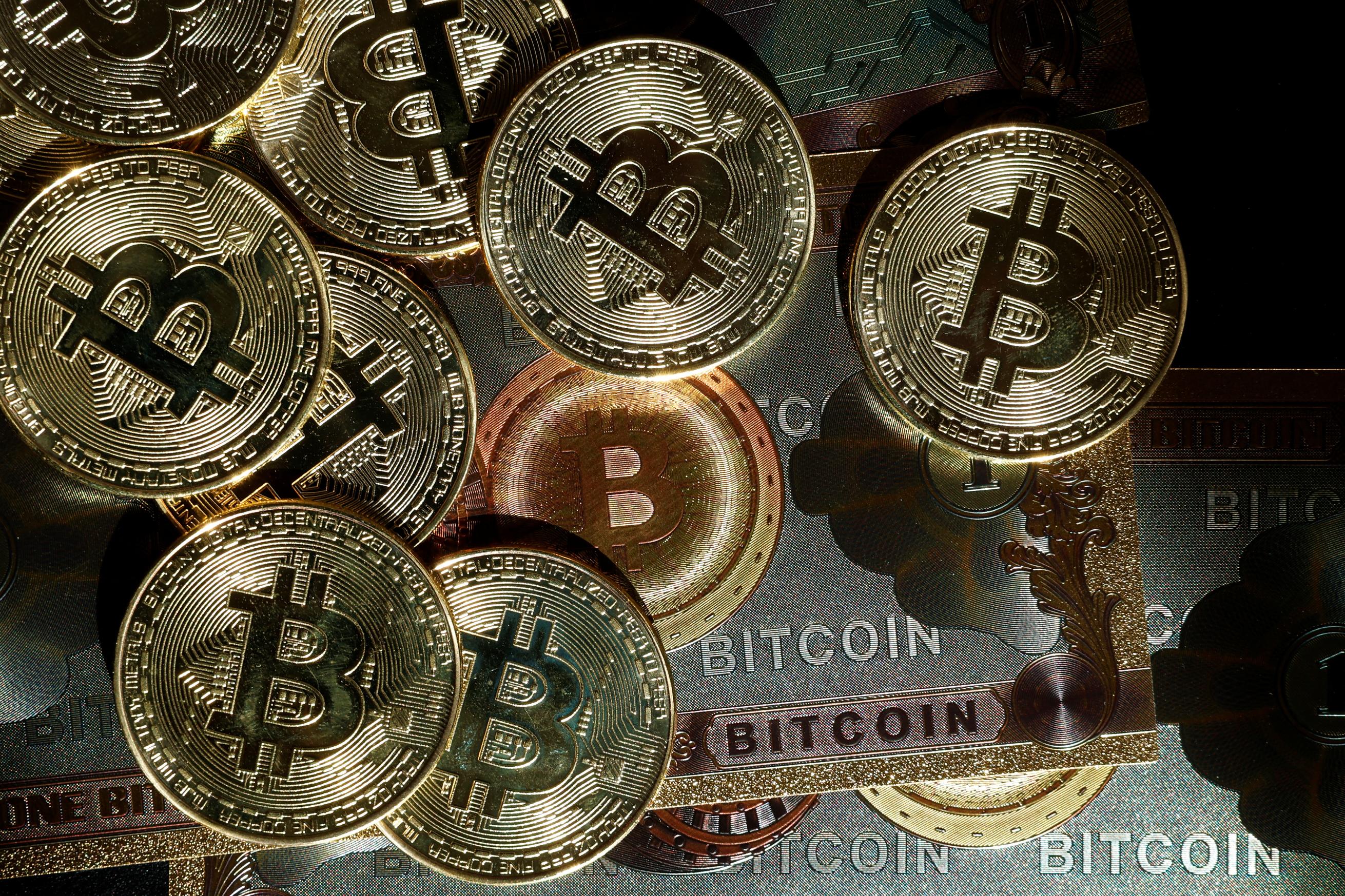
2024-09-23 05:07
Austria's economy is shrinking, with inflation outpacing the EU average EU aims to phase out Russian gas by 2027, but Austria still heavily reliant Election outcome may influence speed of energy diversification VIENNA, Sept 23 (Reuters) - The government that takes power in Austria after next Sunday's general election will face growing pressure to diversify its energy supply away from dependence on Russian gas, just as the economy is stuck in reverse gear. No party is expected to win enough seats to win an outright majority. Opinion polls give a slim lead to the opposition far-right, Russia-friendly Freedom Party (FPO), and the result could influence the speed of the energy transition. Since Moscow invaded Ukraine in 2022, the European Union has moved to rapidly replace Russian gas imports. Alternative energy sources are generally more expensive, adding to costs already stoked by the inflationary impact of the pandemic and the war. Austria is among the most reliant on Russian gas within the bloc, and in the past two years its inflation has outstripped the EU average, even as the economy has shrunk, dragged down by a slump in its top trade partner Germany, which is grappling with the energy transition and competition from China. "Other countries aren't happy Austria is still consuming such large volumes of Russian gas", said Stefan Schiman-Vukan, senior economist at the Austrian Institute of Economic Research. "The political pressure to withdraw from it is high." The EU has committed to phasing out Russian gas by 2027, and Austria's Greens-run energy ministry wants to accelerate the process. Nevertheless, in July Austria was still drawing 83% of its imported gas from Russia. By comparison, in 2023 the proportion of EU gas imported from Russia had fallen to 15%. The Greens, junior players in the government, have led efforts to tap alternative supplies. Their partner, Chancellor Karl Nehammer's conservative Austrian People's Party (OVP), has also pledged to wean the country off Russian gas. Pointing to supplies from Norway and elsewhere, the energy ministry said it had taken steps to make Austria independent of Russian gas in the long-term, noting the country had sufficient import capacity for non-Russian gas via Germany and Italy, and that its large gas storage facilities were more than 90% full. "The high dependence on Russian gas supplies is a major economic and security risk for Austria," the ministry said in a statement. "It is therefore essential for our country's security to further reduce gas consumption and stop buying Russian gas." The FPO says Russian gas must remain part of Austria's energy mix, although its lead is narrowing. Opinion polls show FPO support at around 27-29%, with its lead slipping to as little as one point more than the OVP, with three more parties forecast to win close to 10% or more. The other parties have rejected serving under FPO leader Herbert Kickl, which could open the door to coalitions more committed to distancing themselves from Russia. At present, it looks highly likely a post-election coalition will feature the OVP. Whoever governs will have to grapple with an economy that the central bank has forecast will shrink by 0.7% this year, contracting for a second year running. DIVERSIFICATION Efforts to diversify energy supply are gathering pace. Vienna's main power company Wien Energie said this month it would ditch Russian gas from 2025. But the risk of an energy crunch has loomed since Ukraine said it would not extend a deal with Gazprom (GAZP.MM) , opens new tab expiring at the end of 2024 that transits Russian gas to Austria. A sudden stop to Russian supplies would likely push up wholesale gas prices by about 20% for two to six months, said Walter Boltz, former head of utility regulator E-Control. Austria can manage, officials say, pointing to a recent government-commissioned study that states imports through Italy and Germany, as well as its reserves, could cover its needs. Politicians are eager to spur demand or find extra resources to lift the economy. The FPO and OVP are pledging tax cuts, with the centre-left Social Democrats, running third in polls, proposing wealth and inheritance taxes. "Austria is the prime example of what happens if inflation is too high, and of the negative consequences," said Gunter Deuber, chief economist at Raiffeisen Bank International. "If you're uncompetitive in terms of costs and wages, people stop investing, it becomes less attractive to produce in Austria." Sign up here. https://www.reuters.com/markets/europe/austria-election-brings-into-focus-russian-gas-habit-sputtering-economy-2024-09-23/

2024-09-23 04:56
MUMBAI, Sept 23 (Reuters) - The Indian rupee extended gains on Monday, but a key technical indicator signalled that the currency's winning run may come to a halt despite a broadly weaker dollar and portfolio inflows. The rupee was at 83.4675 against the U.S. dollar as of 10:15 a.m. IST, up 0.1% from its close at 83.5625 on Friday. The Indian currency has strengthened over the last five sessions, and rose 0.4% last week, logging its best week this year. Gains in Asian currencies after the Federal Reserve kicked off rate cuts last week and strong inflows have helped lift the rupee, traders said. However, the currency's gaining streak may run into a hurdle this week as the dollar-rupee pair's 14-day relative strength index (RSI) has declined below 30, signalling the pair is 'oversold'. The 14-day RSI was last at 26, its lowest in three years. In May, when the RSI came close to slipping below 30 after a four-day rally in the rupee, the currency pared gains, falling from a peak of 83.02 to 83.40 over the next three trading sessions. It looks like the central bank is fine with the rupee's appreciation, but the market will have to see if they "draw a line" closer to 83.30, a foreign exchange trader at a private bank said. Asian currencies were mostly lower on Monday, while the dollar index was flat at 100.7 with investors awaiting comments from Federal Reserve policymakers later in the day, the first remarks from officials after the Fed cut rates by 50 basis points last week. "Any U.S. dollar rebound could prove to be short-lived with U.S. yields set to head lower as the Fed aims to engineer a soft landing," MUFG Bank said in a note. Sign up here. https://www.reuters.com/markets/currencies/rupee-rises-momentum-indicator-signals-winning-run-could-halt-2024-09-23/
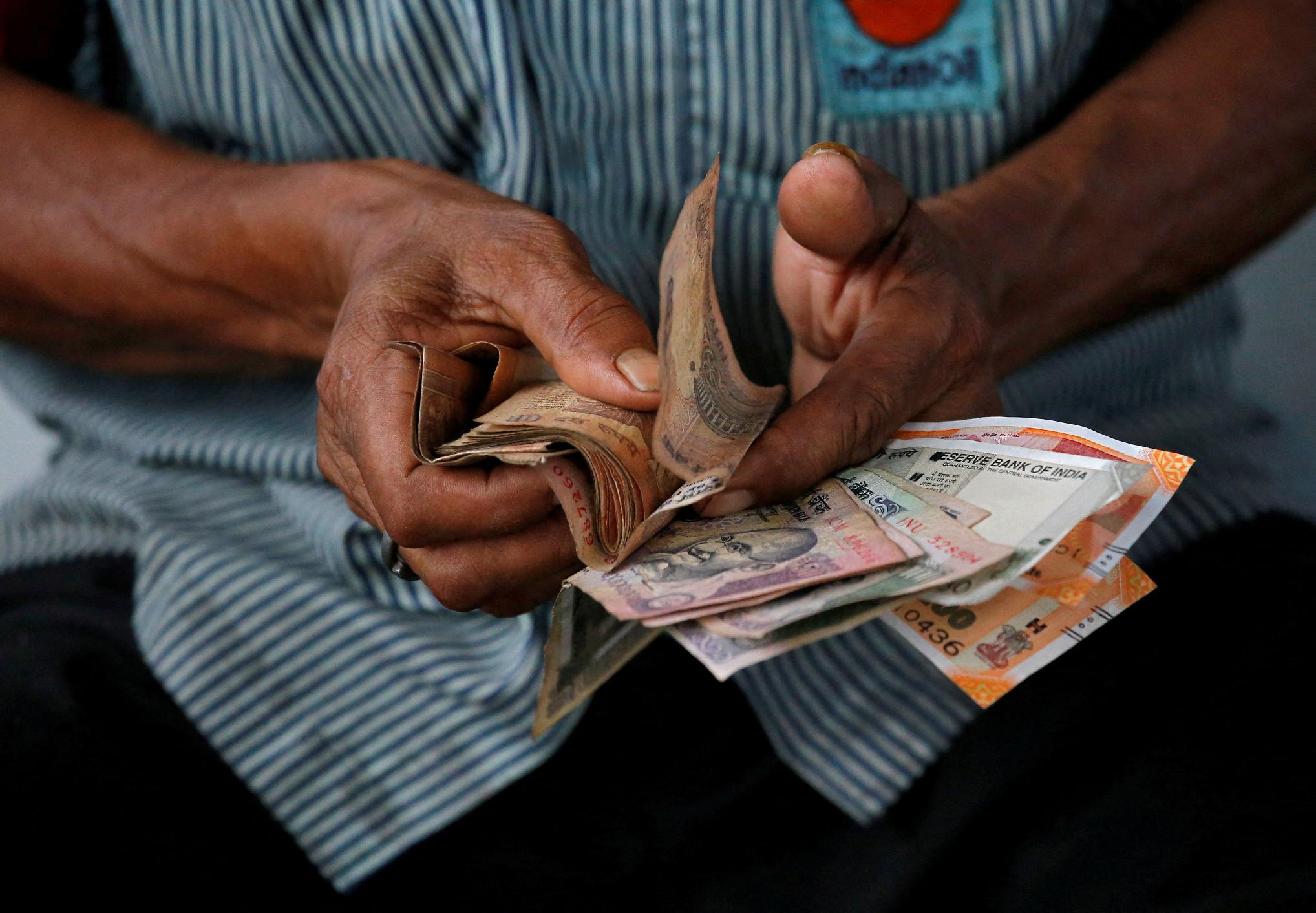
2024-09-23 04:40
HOUSTON, Sept 23 (Reuters) - Oil prices closed lower on Monday as worries about demand were compounded by disappointing euro zone business activity and a weak Chinese economy. Brent crude futures for November settled 59 cents lower, or 0.8%, to $73.90 a barrel, while U.S. crude futures for November fell 63 cents, or 0.9%, to $70.37. Euro zone business activity contracted sharply and unexpectedly this month as the bloc's dominant services industry flatlined while a downturn in manufacturing accelerated. U.S. business activity was steady in September, but average prices charged for goods and services rose at the fastest pace in six months, potentially hinting at a pickup in inflation in the coming months. China, the world's top oil importer, is meanwhile battling deflationary pressures and struggling to lift growth despite a series of policy measures aimed at spurring domestic spending. "Disappointing economic numbers flowing from China along with a surprise slowdown in European manufacturing is placing crude demand at the lowest levels so far this year," said Dennis Kissler, senior vice president of trading at BOK Financial. Supply concerns stemming from Israel's airstrikes on Hezbollah targets on Monday helped support oil prices. After almost a year of war in Gaza, Israel is shifting its focus to its northern border, across which Hezbollah has been firing rockets in support of its ally Hamas. "More attacks from Israel on Lebanon spawn fear that Iran will become more involved, which raises the probability of oil exports being at risk," Kissler added. A tropical disturbance near the Gulf of Mexico also is threatening oil supply. Shell (SHEL.L) , opens new tab said on Sunday it would shut production at its Stones and Appomattox facilities in the region as a precautionary measure. Norwegian oil producer Equinor (EQNR.OL) , opens new tab on Monday said it is evacuating some staff as a precaution from its Titan oil production platform in the U.S. Gulf of Mexico, while Chevron (CVX.N) , opens new tab said it was evacuating nonessential personnel from its Gulf of Mexico platforms. U.S. crude oil stockpiles were expected to have fallen by about 1.2 million barrels last week, a preliminary Reuters poll showed on Monday. Both oil benchmarks rose more than 4% last week, buoyed by the U.S. Federal Reserve's decision to cut interest rates by 50 basis points and signal further reductions in borrowing costs by the end of the year. Chicago Fed President Austan Goolsbee on Monday said he expects "many more rate cuts over the next year" as the U.S. central bank seeks a "soft landing" for the economy, where it controls inflation without crashing the labor market. Sign up here. https://www.reuters.com/markets/commodities/oil-edges-up-following-us-rate-cut-move-geopolitical-concerns-2024-09-23/
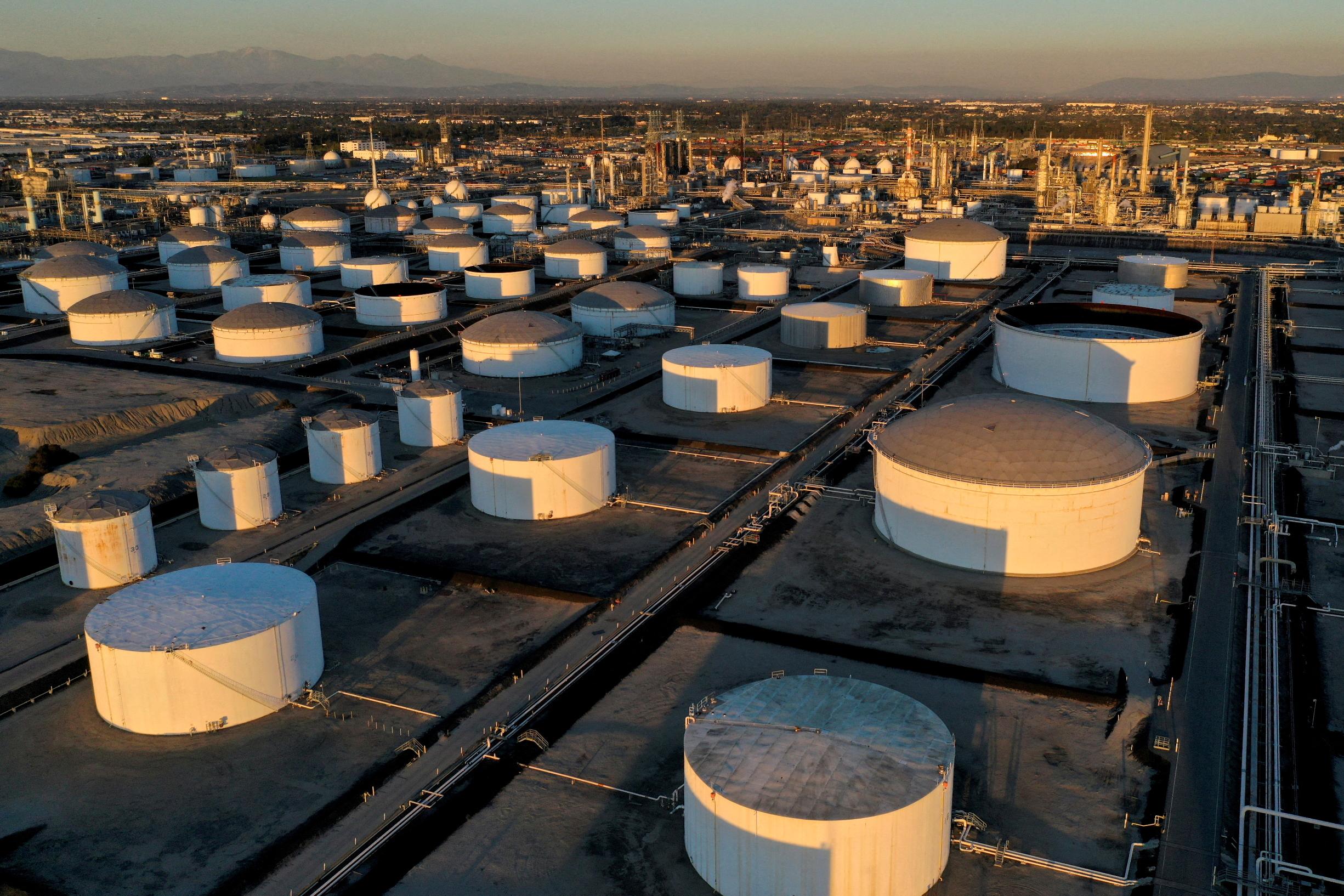
2024-09-23 04:39
NEW DELHI, Sept 23 (Reuters) - Indian state government-run Odisha Coal and Power Ltd (OCPL) is looking to sell surplus coal from its mine in eastern India at a discount, an auction document showed, indicating lower demand for the fuel in the country. OCPL will auction 3 million tons of its surplus coal via online auctions on Oct. 4 for power plants at a 15% discount to the base price on the national coal index, according to an auction advertisement in the Times of India newspaper on Sunday. India's total domestic coal production rose , opens new tab 7.12% from a year ago to reach 370 million metric tons between April 1 to Aug. 25, according to coal ministry data. The sale indicates high supply and reduced demand, said Riya Vyas, senior analyst at iEnergy Natural Resources Ltd. "At the moment, electricity demand from coal-fired power plants is limited, while domestic production has increased as the rains subside," Vyas said, referring to the ending of the annual monsoon. The country's coal production in the last fiscal year to March 31 rose to a record 997.828 million tons, a 12% rise from a year ago. More than 75% of India's power generation was from coal in 2023. India imported 176 million tons of thermal coal in 2023, driven mainly by power plants. India's thermal coal imports are expected to fall this year for the first time since the COVID-19 pandemic due to increasing domestic output and record high inventories. Sign up here. https://www.reuters.com/markets/commodities/indian-state-coal-producer-looks-sell-surplus-coal-discount-2024-09-23/
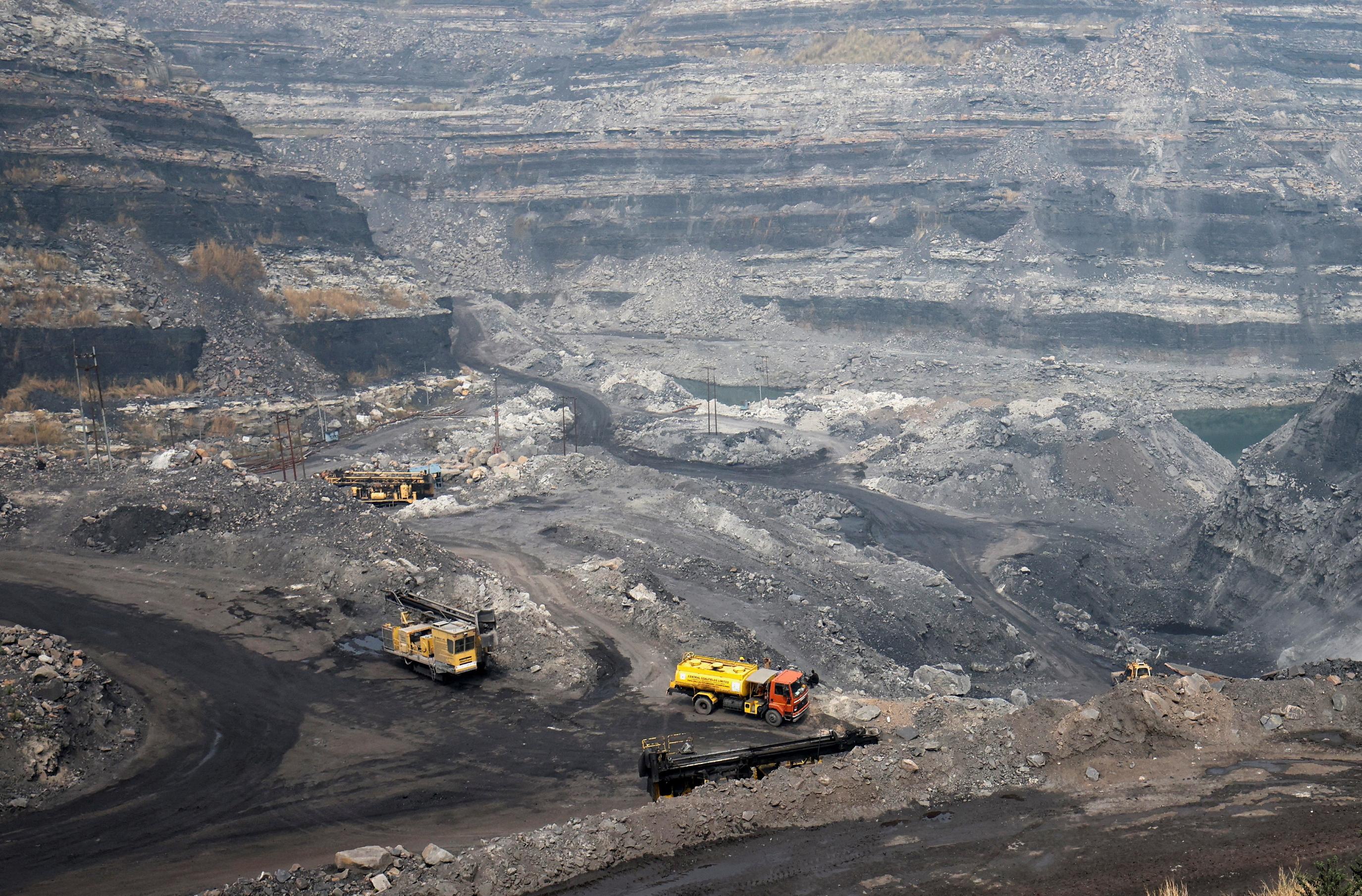
2024-09-23 04:32
A look at the day ahead in European and global markets from Wayne Cole. It's been a quietly positive start to the week for markets with China's central bank lowering its 14-day repo rate by 10 bps, a couple of days after disappointing markets by not cutting longer-term rates. Analysts cautioned the move was only catching up to an already delivered cut to 7-day repo rates but stocks (.CSI300) , opens new tab were happy for anything and added 0.6%. Japan is on holiday but Nikkei futures are trading 740 points above the cash close. Wall Street and European futures were all up between 0.2% and 0.6%. The dollar and euro extended gains on the yen in the wake of Friday's dovish comments by the head of the Bank of Japan. The S&P is up 1% so far in September, historically the weakest month for stocks, and has gained 19% year-to-date to reach all-time highs. More than 20 billion shares changed hands on U.S. exchanges on Friday, the busiest session since January 2021. Analysts at Bank of America noted the S&P rises an average of 21% when there is no recession in the 12 months after the start of Fed cuts. Markets were still basking in the afterglow of the Federal Reserve's half-point rate cut, with futures implying a 50% probability it will deliver another outsized move in November. At least nine Fed policy makers are speaking this week, including prepared remarks from Chair Jerome Powell, two governors and New York Fed President John Williams. Much will depend on what the Fed's preferred inflation gauge, core personal consumption expenditures (PCE), shows on Friday. Analysts expect a 0.2% month-on-month rise taking the annual pace to 2.7%, while the headline index is seen slowing to just 2.3%. The coming week also includes surveys on global manufacturing, U.S. consumer confidence and durable goods. The Swiss National Bank meets on Thursday and markets are fully priced for a quarter-point cut to 1.0%, with a 41% chance it will ease by 50 basis points. Sweden's central bank meets on Wednesday and is also expected to ease by 25 basis points, again with some chance it might go larger. One bank not easing is the Reserve Bank of Australia (RBA), which meets on Tuesday and is considered almost certain to hold at 4.35% as inflation proves stubborn. Investors were also keeping a wary eye on negotiations to avoid a U.S. government shutdown with just days before the current $1.2 trillion in funding runs out on Sept. 30. Republican U.S. House of Representatives Speaker Mike Johnson on Sunday proposed a three-month stopgap funding bill but now it has to go to vote. Key developments that could influence markets on Monday: - Flash September PMIs for Europe and U.S., Chicago Fed activity index - Appearances by European Central Bank board member Piero Cipollone and ECB board member Frank Elderson - Speeches by Fed Bank of Atlanta President Raphael Bostic, Fed Bank of Chicago President Austan Goolsbee and Fed Bank of Minneapolis President Neel Kashkari Sign up here. https://www.reuters.com/markets/rates-bonds/global-markets-view-europe-2024-09-23/
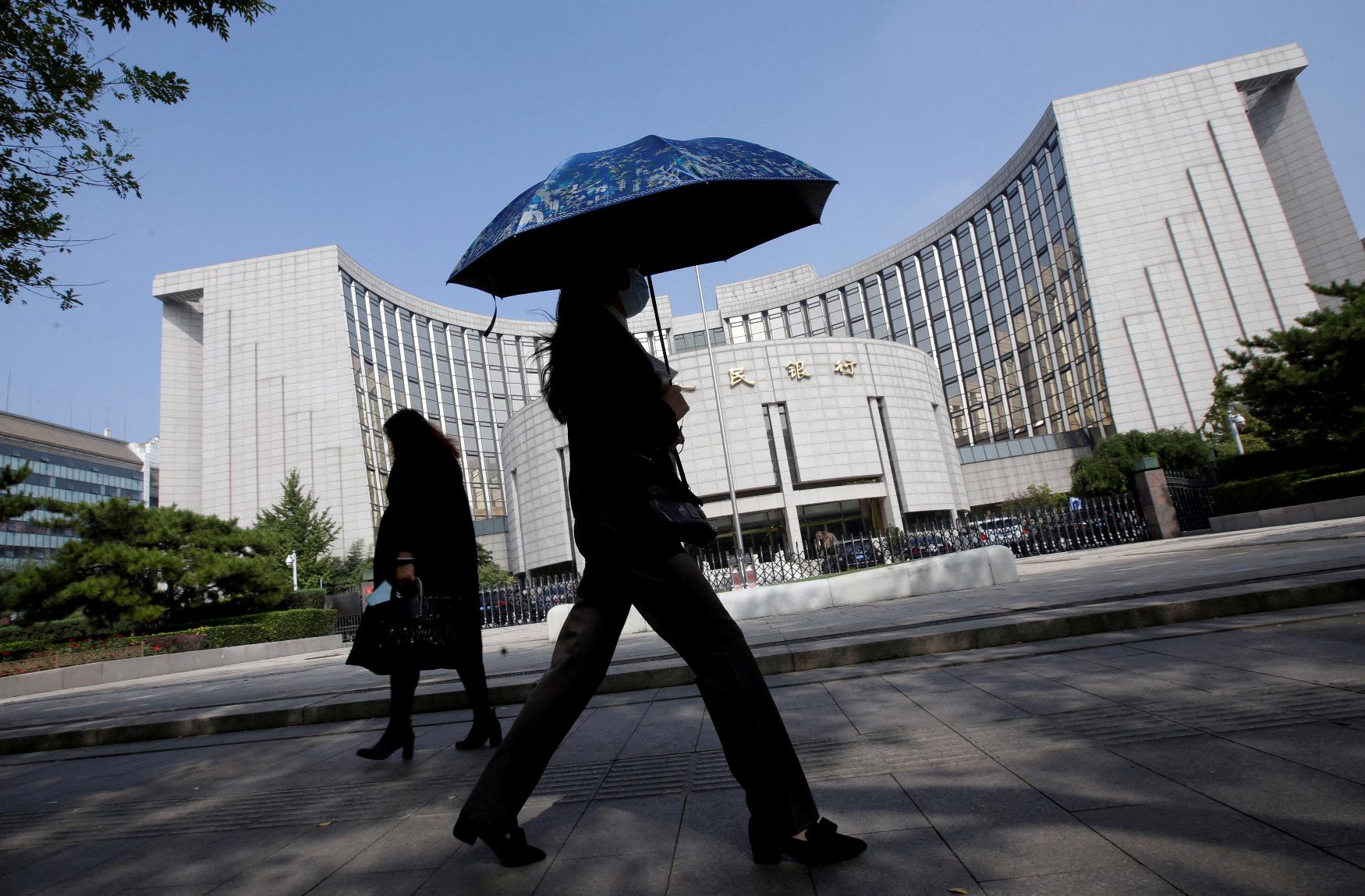
2024-09-23 00:42
Euro slides after PMIs Traders boost ECB rate cut chances Pound hits highest vs dollar since March 2022 NEW YORK, Sept 23 (Reuters) - The euro dropped against the dollar on Monday as business activity reports for the euro zone economy disappointed, briefly extending declines after U.S. data showed activity there held steady, and ahead of a flurry of Federal Reserve speakers this week. The soft euro zone data supported expectations for more interest rate cuts by the European Central Bank this year, with markets currently pricing in a roughly 77% chance for a cut of at least 25 basis points (bps) at the central bank's October meeting. A survey compiled by S&P Global showed euro zone business activity sharply contracted this month as the bloc's dominant services industry flat-lined, while a downturn in manufacturing accelerated. The contractions appeared broad-based, with Germany's decline deepening, while France returned to contraction following August's boost from the Olympic Games. In contrast, U.S. business activity was steady in September, but average prices charged for goods and services rose at the fastest pace in six months, possibly pointing to an acceleration in inflation in coming months. The data comes after the Federal Reserve cut rates by an outsized 50 basis point cut last week, which several officials commented on Monday that the move was intended to sustain an emerging and healthy balance in the economy. S&P Global said its flash U.S. Composite PMI Output Index, which tracks the manufacturing and services sectors, was little changed at 54.4 this month compared to a final figure of 54.6 in August, with a reading above 50 signaling expansion. The dollar index , which tracks its performance against a basket of currencies, including the yen and the euro, rose 0.05% to 100.83 after rising as high as 101.23 on the session. The euro was down 0.39% at $1.112 and on track for its biggest daily decline since Sept. 9. "What we're largely looking at is interest rate expectations, most expect the Fed to lead and to be relatively more aggressive in terms of cutting interest rates, historically that's been a reasonable interpretation," said Michael Green, portfolio manager and chief strategist at Simplify Asset Management in New York. "Anything that would cause the market to reprice closer to where the Fed is, is likely to provide at least some benefit to the US dollar." The dollar fell for a third straight week last week, after the Fed's cut in rates, and multiple Fed officials are scheduled to speak this week including, Fed Chair Jerome Powell, as well as Governors Michelle Bowman, Lisa Cook and Adriana Kugler. Sterling strengthened 0.2% to $1.3345 after climbing to $1.33595, the highest since March 3, 2022, after a similar survey showed British businesses reported a slowdown in growth this month, though it was less severe than the euro zone numbers. The Bank of England kept rates unchanged last Thursday, with its governor saying the central bank had to be "careful not to cut too fast or by too much". Against the Japanese yen , the dollar weakened 0.37% to 143.38 after a holiday in Japan. The greenback reached a two-week high at 144.50 yen last week after the Bank of Japan (BOJ) left interest rates unchanged and indicated it was in no hurry to hike them again. For the yen, a ruling party vote later this week to choose a new prime minister makes the BOJ's job challenging in the coming months, with front-runners showing varying views on monetary policy. A snap election is regarded as likely in late October. Policy announcements are expected from the Swiss National Bank, which is expected to cut by 25 bps, and Riksbank, also seen cutting by 25 bps, later in the week. Sign up here. https://www.reuters.com/markets/currencies/bitcoin-jumps-while-japan-holiday-dulls-most-currencies-2024-09-23/
